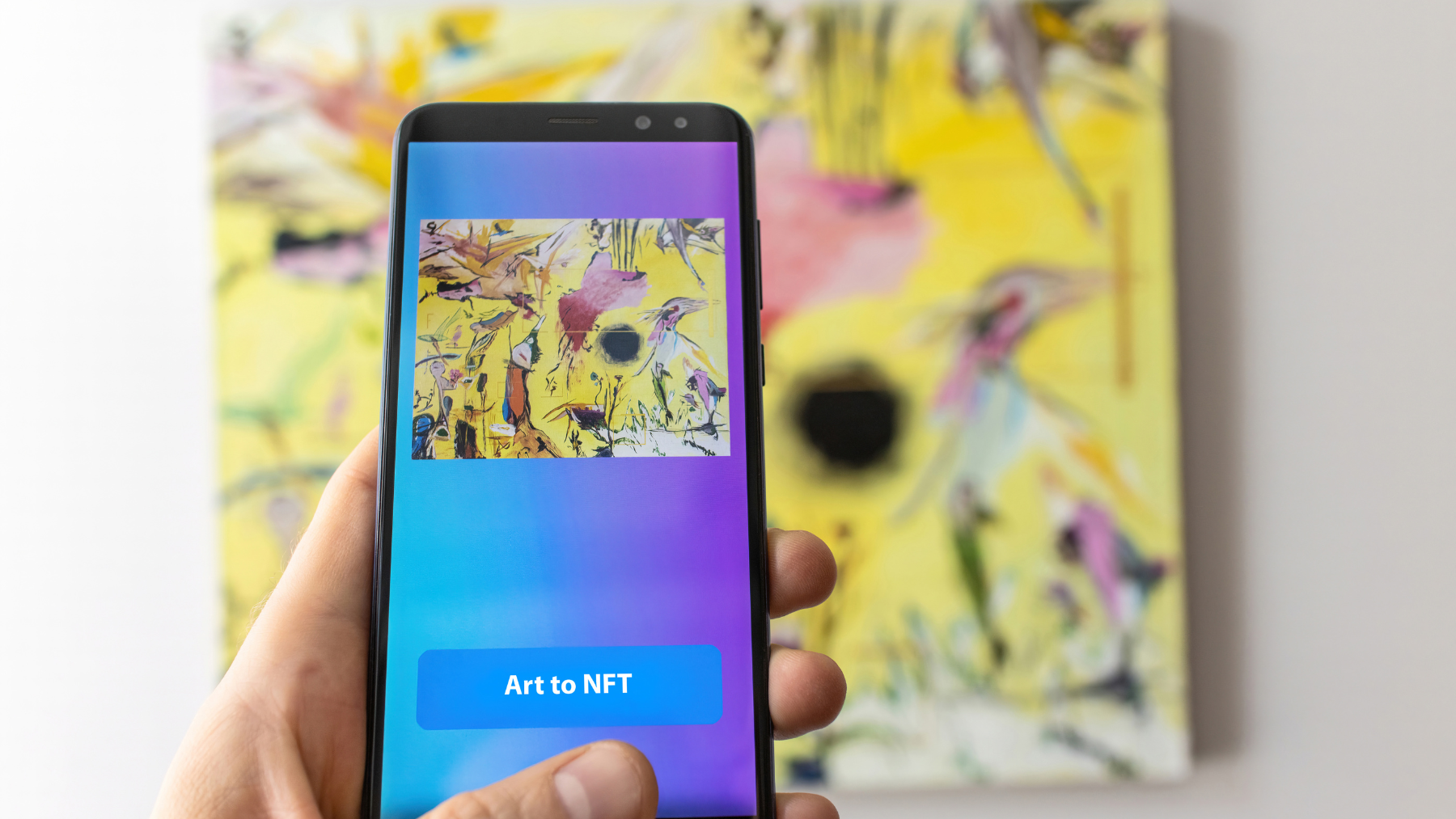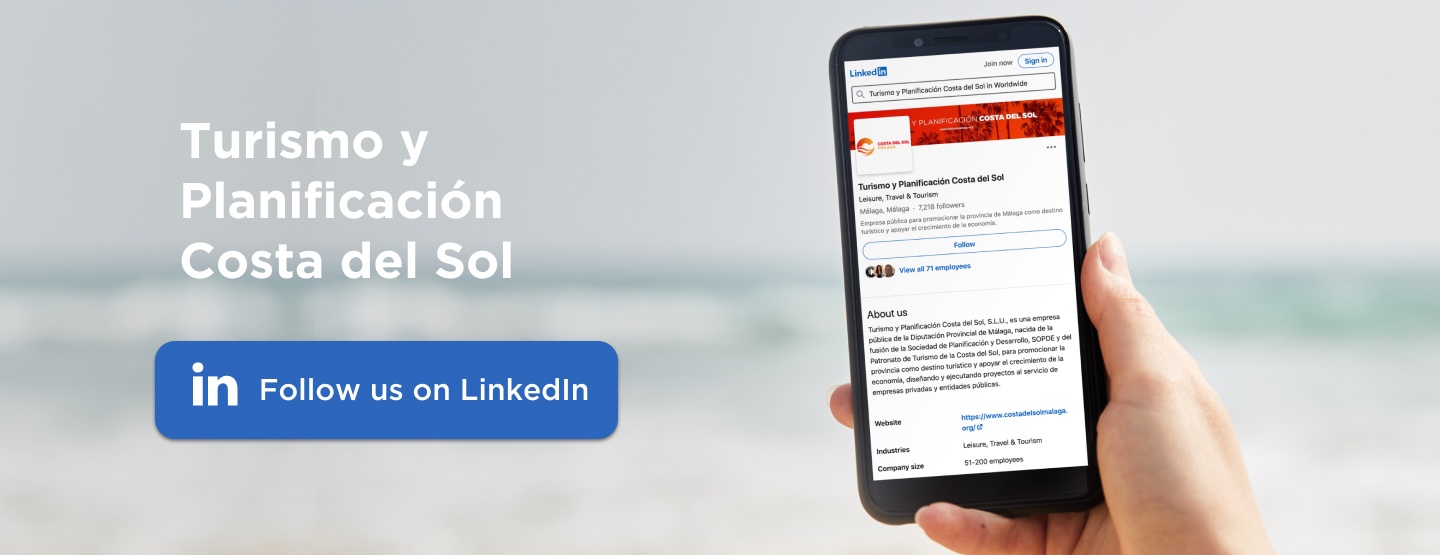The virtual metaverse combines different types of technology, including virtual reality, augmented reality and video to create a digital universe where users “live”. It is sometimes described as a virtual world where people can interact with one another, create and experience things that are not possible in the physical world. Since its inception, it has been seen as a sort of extension of online games, but it has recently been embraced by other areas, like tourism.
While it is still unknown to what extent the metaverse will be developed, what we do know is that it is already here and more and more people are interested in it. Some people see the metaverse as an opportunity to create unique and entirely new experiences for travellers. But how can you create these experiences? In this post, we are going to explore how you can travel in the metaverse and create a unique tourist experience.
Firstly, it is worth pointing out that the metaverse is not a virtual world that can be freely explored. Like any other tourist destination, the metaverse needs to be carefully planned and designed to create an attractive visitor experience. Here are the steps to follow if you are keen to create a successful tourist experience in the metaverse:

1. Define the reason for the trip: is it a cultural experience, an adventure holiday or simply a relaxing getaway? Which parts of the real world can be incorporated into the metaverse? These are some of the questions that you need to be asking yourself before starting to plan your experience.
2. Design the surroundings: once you have defined the reason for the trip, you can start designing the surroundings. This can include creating a virtual landscape, adding in architectural elements as well as sound effects to offer users an immersive experience.
3. Create activities and events: just like in the real world, it is important to have activities and events planned in the metaverse. These can include guided tours, interactive games and workshops. You can also organise special events such as festivals, fairs and other types of get-togethers.
4. Implement technology: the metaverse is a digital space, meaning that technology is essential. It’s important you choose the right platform for the metaverse and select the specific tools that will be used to create the experience.
5. Advertising and marketing: once you’ve created the experience, it is also important to promote it and make it accessible to users. This can include building a website, using social media and marketing on gaming and virtual reality platforms.
The metaverse and travel in the Costa del Sol
In the Costa del Sol, you can already travel using the metaverse. A number of different experiences are available to travellers. Let’s take a look at some of them:
- Malaga city has taken the leap to Web3, having created a digital twin of the city centre that will take visitors on a tour of Picasso’s Malaga while learning about the artist’s life. Likewise, Museo Picasso will also be in the metaverse.
- At Museo Ciudad de Antequera, a virtual guide will take you on a tour of an animated space that tells the story of one of the best-known sculptures of the destination: Efebo de Antequera. Using their smartphones or tablets, tourists can discover everything there is to know about this historic work of art.
- Malaga has also become the first city in the world to offer local artists the opportunity to upload their art to the metaverse. These NFT collections are available throughout the city.

- Other examples of the metaverse in tourism are Museo Ruso in Malaga (which offers visitors augmented reality glasses) and Museo Ralli in Marbella, which gives travellers the opportunity to explore the collection from home and prepare visits in advance.
It is a fact that the metaverse and travel are a pairing that work well together. Tourism in the metaverse is an option that can offer travellers a unique and unforgettable experience. As we mentioned before, with the rising popularity of the metaverse, the tourism industry has a great opportunity to provide innovative and attractive experiences to users. Now is the time to embrace new technologies to make sure you don’t get left behind.







